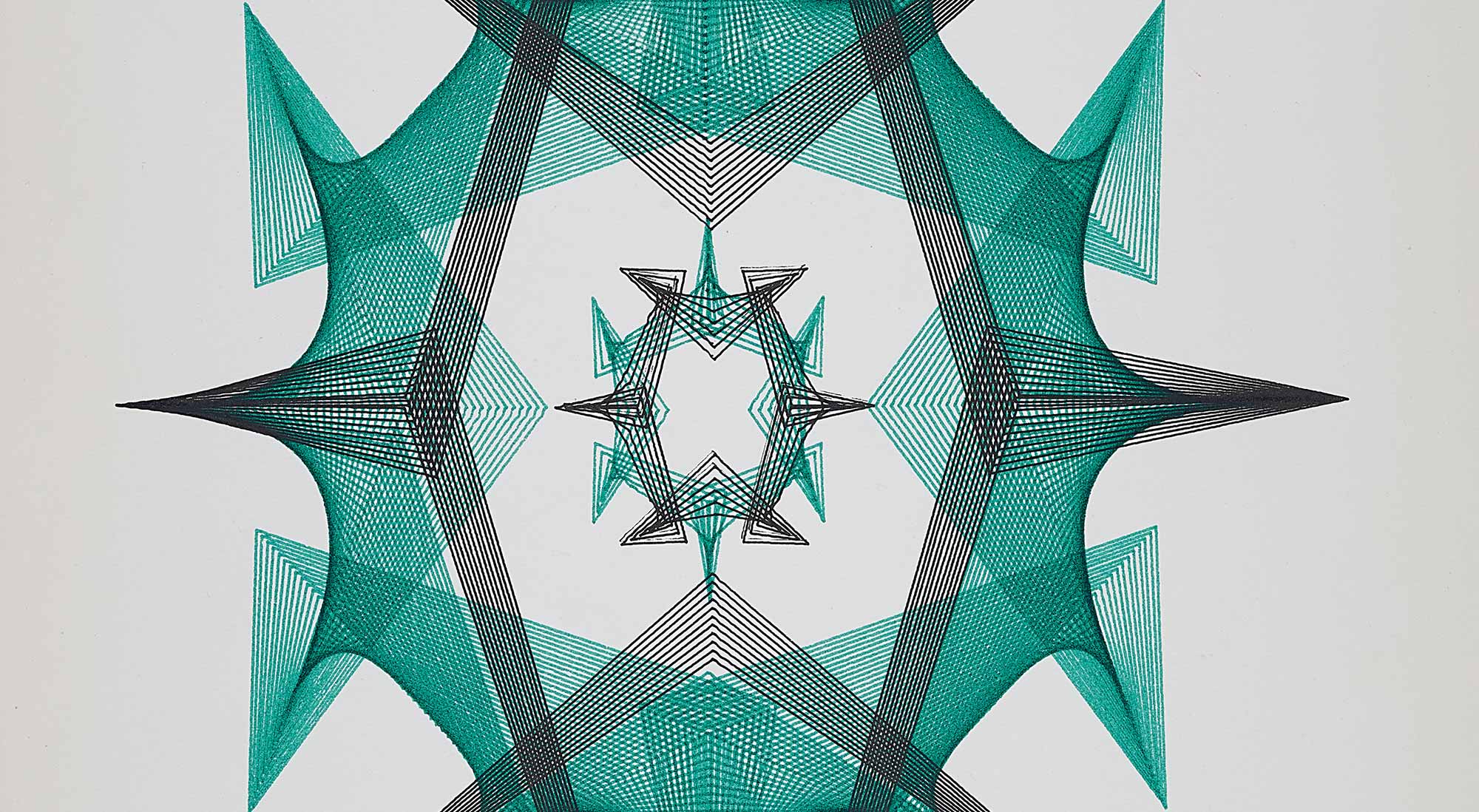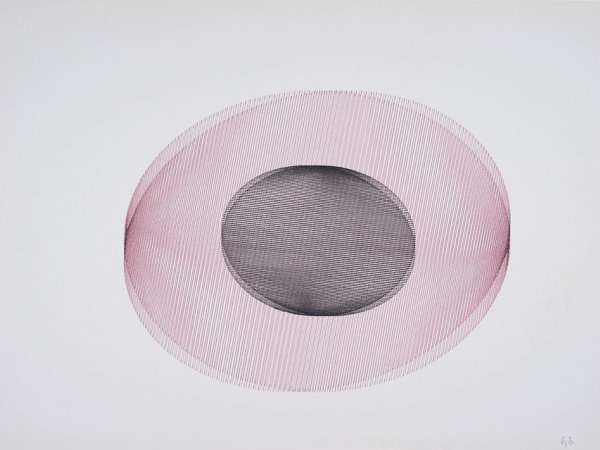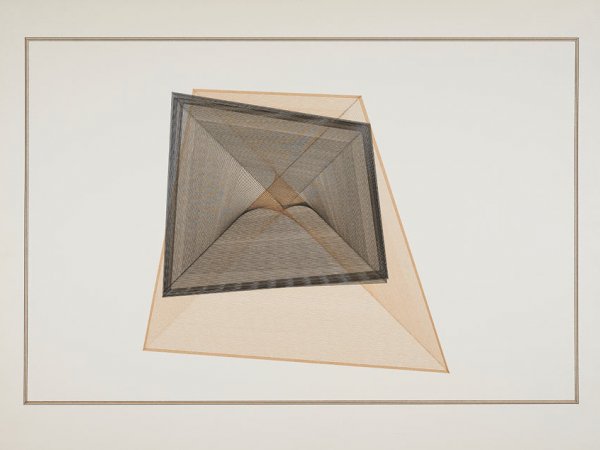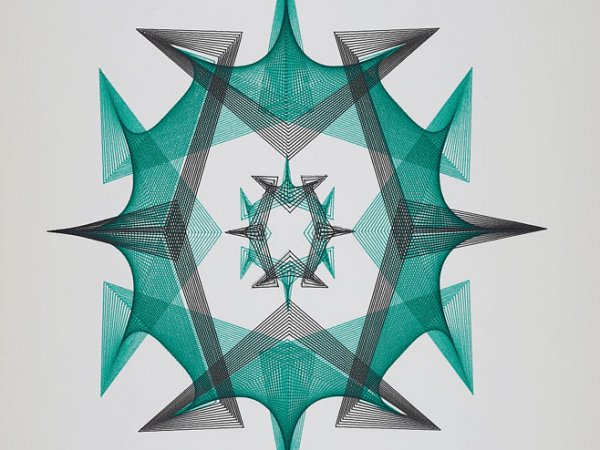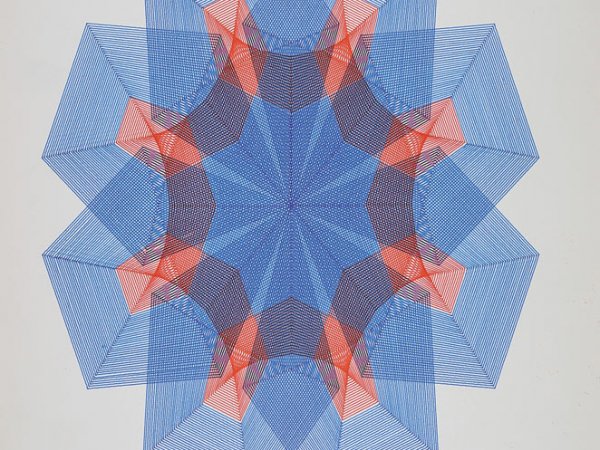The entry in the Croatian Encyclopaedia for Croatian film classic, director and cinematographer Nikola Tanhofer (1926-1998) runs:
Graduated in art history at the Faculty of Humanities and Social Sciences in Zagreb, and trained as a camera operator in Prague. From 1947 he shot film news and from 1949 feature films, soon becoming one of the most prominent Croatian directors of photography and camera operators, particularly fond of classic composition and photographic lyricism in black and white film: Flag (1949), Ciguli Miguli [Fiddler] (1952) and Siege all by B. Marjanović, Blue 9 (1950) of K. Golik, Blue Grey Gull (1953) of B. Bauer. In the first films he directed — It Was Not In Vain (1956) and H-8 (1958) — he showed an aptness for genre structure, the classical narrative film and melodramatic accents, as well as for dramaturgical precision in the psychological characterisation of the dramatis personae, which he underscored with sophisticated and visually concise directing procedures. There are similar features in the well-received war drama Double Encirclement (1963), while in many films, always manifesting visual sophistication, he tried his hand at innovations in camerawork and in directing: colour and aerial shorts (Klempo, 1957), special effects with lenses (Happiness comes at 9, 1961), changes in size of frame and modernist directing procedures (Dawning, 1964), a modern composition of colours and as found set design (Indian Summer, 1970). He founded the department for film and television cinematography at the Academy of Dramatic Art in 1969, teaching there until his death. He wrote the books Film Photograph (1981) and Colour (2000). In 1985 he was the recipient of the Vladimir Nazor Lifetime Achievement Award.1
What the Croatian Encyclopaedia did not mention, and what is probably not referred to in encyclopaedia entries, often not wider either, is that fact of the hobbies he was into, his private pleasures and leisure activities. But Tanhofer's hobby was mentioned in a monograph of 2016, published 18 years after his death,2 the only mention in public of it to date. In the writing of Tomislav Mikulić we find out that Tanhofer liked computer graphics and, in Croatian terms, very early on, in 1981, he had a personal computer (PC) a DAI, the purchase — in fact, the smuggling — of which we wrote about in the introduction above. The text also enables us to see that Tanhofer, sometimes in the society of a handful of friends, would have fun with a computer, making digital graphics. Accompanying Mikulić's text are reproductions of three photographs of Tanhofer and friends in his flat in the early 1980s doing something on a PC,3 and two reproductions of original black and white Tanhofer digital graphics, one of which is reproduced like the original, in black and white, while the other is coloured a pale pink over the whole format, following the design of the book. Tanhofer wrote a book Colour (2000), and in his digital graphics, as well as black and white, used several primary colours. It is interesting to note that all his digital graphics were produced in just a few months of 1982. After that, Tanhofer gave up this hobby.
Mikulić, one of the few friends with whom Tanhofer shared a passion for the computer, does not know where he came across digital art, except that he visited the exhibition tendencies 5 in 1973 and his (Mikulić's) solo exhibition in 1976, saying:
As intellectual who kept up with the development of technology in the world he was far in advance of his colleagues and felt the need to familiarise himself with computer technology. He had an incredibly wide range of interests. He was so practical and capable that he himself, for example, engraved special glass filters for the movie camera and once even extracted a tooth for his friend Berak for want of dentist. He had an uncommonly large number of tools and determined to add the computer to this range, without any aspirations to becoming a computer artist. When he bought one, he did not know how to programme it and did not go to any course. He taught himself programming language BASIC from a manual and with his friend in the event of complication. In Tani's studio I wrote a communication programme between the DAI and the HP plotter (a driver in the programming language Assembler), in which I was helped by friend and computer guru Siniša Novosel. When he independently drew a series of programmed drawings, he did not publicly exhibit them, which leads me to conclude that he was mostly interested in how to control a plotter with a computer. Knowing that he hand-cut lines in glass to obtain his filters for the camera, I believe he hoped that with a plotter he would be able to make many more and much more accurate variations of his filters. The idea that he could add to his tools a mechanical device that today we call a CNC4 machine must have been very attractive to him.5
It can also be assumed that, as a man with a very inquiring mind who was also technically gifted and innovative, Tanhofer set himself creative tasks of descriptive geometry, which he then resolved graphically. As a hobby, for fun. This is the impression gained from looking at the 50 or so graphics that he printed. For selected graphics he would draw with computer a special frame made of thin lines. In some phases of the work he also used collages, for example, of motifs that were repeated, which he later managed to programme into a computer. The titles of the works are the various parameters he employed, all dated to 1982.
Mikulić also mentions Tanhofer's then attitude to video:
His career was founded on the making of films. His lifetime experience with celluloid and the superior technical characteristics of this medium were instrumental in his openly talking about video cameras and electronic art in general as a technically inferior branch of art. With his characteristic wit he would use the phrase "like holding a dead fish in your hand."6
Except for the quality of nostalgia achieved in the image of contemporary films shot on celluloid with chemical developing, technical superiority of production, post-production and distribution has in the meantime moved into the digital corner. Most members of the public do not find digital equipment out of their range. A few years back my then ten-year-old son and his friend, in two hours, used their own smart phones to shoot a video (using slow motion and time lapse), edit it (using royalty-free music they found on the internet) and released it on their own private internet video channel. Two lads at play did the production, post-production and distribution of a film using their own equipment and with easily accessible services. In the context of the post-digital conditioning of our everyday life the multimedia contents on social media are just one of the many forms of amateur creativity. Nikola Tanhofer is included in this review as an early example of the currently omnipresent digital creative amateur for whom digital creation is an everyday means of expression.
-
"Tanhofer, Nikola", Hrvatska enciklopedija, mrežno izdanje, Leksikografski zavod Miroslav Krleža, Zagreb, 2020. Accessed 18/9/2020, http://www.enciklopedija.hr/Natuknica.aspx?ID=60389. ↩
-
Tomislav Mikulić, "Znaš da je Tani kupio kompjuter?", Tanhofer, ed. Diana Nenadić and Silvestar Kolbas, Croatian Film Association, Association of Croatian Film Directors, Zagreb, 2016, pp. 272-277. ↩
-
All three photographs are tinted pale pink over the whole format, like the other photos in the book. ↩
-
Computer Numerical Control milling machine ↩
-
Tomislav Mikulić, e-mail correspondence with the author 2020. ↩
-
Ibid. ↩
